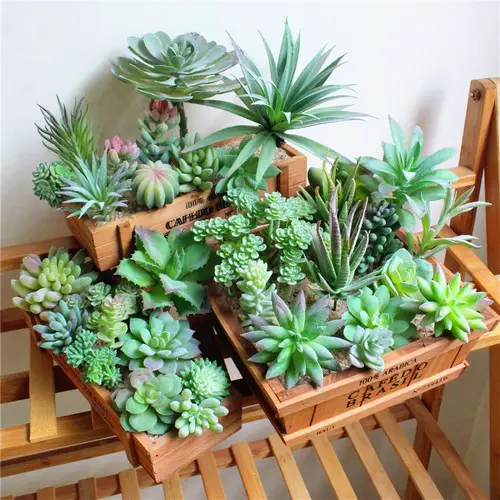Florists know how difficult it is to stop when suddenly in the store you meet a “green miracle”, striking in beauty or unusualness. Or maybe this is exactly the flower that was missing for the home collection. And it would be fine if the passion for home floriculture grew to the level of creating original compositions such as ikebana, only from living plants. Then the house turns into an ever-flowering garden. But when the number of flora representatives exceeds the number of containers intended for planting, or areas and surfaces on which these very houseplants can be placed, then the situation risks becoming a stalemate, either turning the dwelling into an impassable, unkempt jungle or threatening to part with a part collection. Here we will discuss growing two plants together in one pot at home.

growing two plants together
Growing two plants together in one pot is a risky business. It is highly likely that one of them will simply turn out to be stronger and more viable and will oust its weaker neighbors, strangling the roots or the aerial part. There is no guarantee that the plants will not adhere to radically different growing conditions. Thus, if the decision to create a flower arrangement of several plants in one container is not negotiable, then it is worthwhile to provide several important points.
Plants that are to be planted in one pots must be compatible in terms of light, watering, soil composition, care, feeding, growth rate, flowering period. After all, they will have to coexist for a long time.
Check also leafy indoor plants with and without flowers.
Cacti and succulents growing two plants together

Compositions of sinewy plants and related cacti are very effective both at home and in the office. Most often, these specimens are short and vary in color shades. The more varied in color, size, height are the representatives of these families placed in one pot, the more interesting the composition is. Moreover, the ease of caring for these unpretentious creatures is guaranteed. So, within the framework of such “semi-desert” compositions, you can use the following plants:
- spherical astrophytum;
- echinocereus comb;
- Strauss’s cleistocactus;
- ample stonecrop (sedum);
- haworthia pearl.
Same varieties of indoor plants
Sometimes it is not necessary to invent outlandish combinations of variegated plants. You can take the same type of plant, for example, different types of fern, violet, ficus, begonia. The main thing is to take into account that planting too close can harm the flower because each representative of the greenery in the flowerpot should have its own space.
Recommended for you Best Indoor Plants For Cold Weather.
Combinations with Spider plants
Long, narrow leaves of different colors can liven up the empty flowerpot in which the tall plant grows. Indeed, in this case, the lower part of the trunk is bare and not very aesthetic. And Spider plant will create fluffy “snowdrifts”, which over time will acquire also arrows-stepsons. But it is worth remembering that the Spider plant is a plant that quickly takes root underground, which is likely to harm even a strong plant with its neighborhood.
combinations of taste and color
Combining the incongruous is the motto of the most daring amateur flower growers and phytodesigners. Sometimes the most unexpected and daring decisions turn out to be successful and painlessly coexist for many years, mutually complementing each other. Among such unexpected compositions:
- carom and callisia;
- salt and croton;
- dracaena and oxalis;
- fern and anthurium;
- yucca and oxalis;
- eschinantus and nematanthus;
- coffee and begonia.
The effect of harmonious ikebana is achieved by planting two diverse plants in one container, and the plants should either be of the same species, but different varieties, or contrast in height. In the latter case, it is preferable to place a tall flower in the center, low ones at the edges.
Check it out best large indoor plants for beginners.
Conclusion
As an option for growing two plants together, you can put a set of small pots with herbs in one voluminous but low planter and decorate the cavities with pebbles, shells, or other natural materials. In this case, individual care for each of the plants is possible. And each of the neighbors will have their own space.
